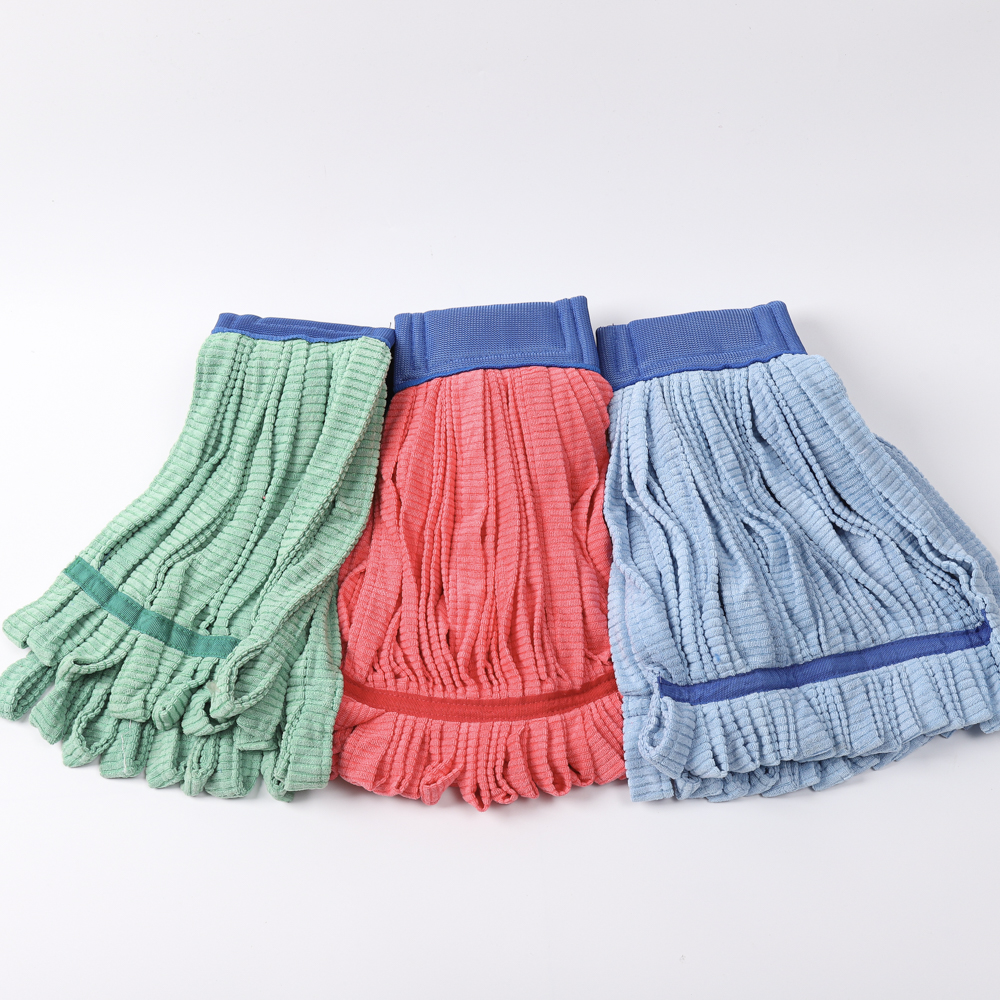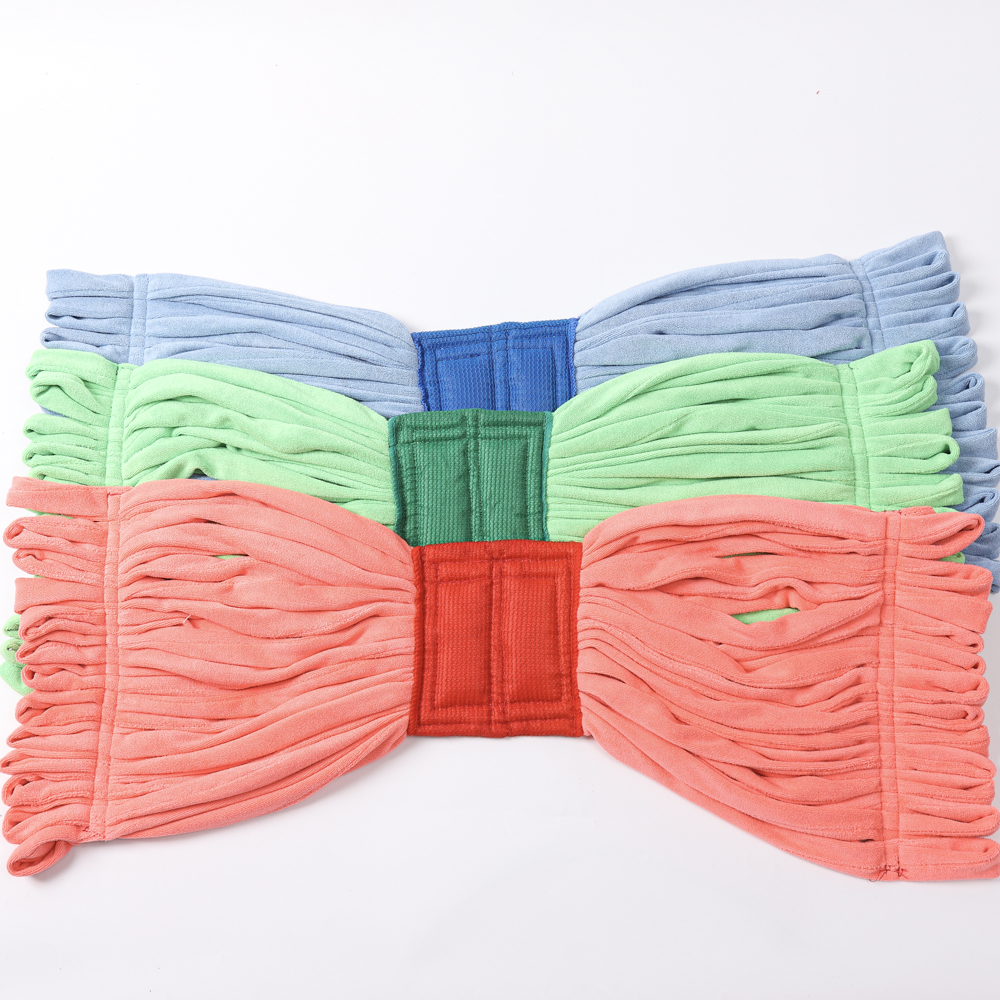The selection of ink components for gravure printing on cooking bags involves careful consideration of various materials to ensure optimal performance under high-temperature conditions. Two primary types of resin systems are commonly used: high-temperature resistant polyurethane resins and high-chlorine-content chlorinated vinyl resins. These materials are specifically chosen for their ability to withstand the rigorous conditions of retort processing, where the printed films must endure heat, moisture, and mechanical stress.
High-temperature resistant polyurethane resins, often abbreviated as PU, are synthesized by reacting polyurethane monomers with polyether or polyester polyols in the presence of catalysts and additives. These resins can be categorized into soft and hard types based on their composition. When formulating inks, it's crucial that the final product exhibits strong adhesion to plastic films, excellent heat and boiling resistance, good solvent release, and high gloss. The typical solid content of these resins ranges from 25% to 35%, and they are usually added at a concentration of 35% to 45% in the ink formula.
On the other hand, high-chlorine-content chlorinated vinyl resins are copolymers of vinyl chloride and vinyl acetate. They act as a base for dry paints and are ideal for forming thin, durable ink films after the volatile solvents evaporate. These resins are selected for their toughness, flexibility, and resistance to water and high temperatures, making them suitable for use in cooking bag inks.
In addition to resins, the choice of pigments and toners is equally important. The pigments must be highly resistant to solvents and able to withstand temperatures above 120°C without discoloration. Common choices include channel carbon black for black pigments and silica-modified titanium dioxide for white. Color pigments like phthalocyanine blue and green are preferred for their high heat stability.
Wetting and dispersing agents play a critical role in ensuring uniform pigment distribution within the ink. These agents reduce surface tension and prevent pigment flocculation, leading to a stable and consistent ink system. Anionic surfactants are typically used, offering good dispersion properties and enhancing adhesion between the ink and the substrate.
Special wax powders are also added to improve scratch resistance, printability, and post-processing performance. These waxes are carefully incorporated during the ink production process to avoid issues such as agglomeration or recrystallization.
Antistatic agents are essential in high-speed printing to prevent static buildup, which can cause print defects and even safety hazards. These agents help reduce surface resistance and eliminate static electricity, ensuring smooth and accurate printing.
Finally, organic solvents are selected based on their evaporation rates and compatibility with the resin system. Proper solvent selection ensures good leveling, prevents defects like "orange peel" effects, and maintains the overall quality of the ink film.
By carefully selecting each component, manufacturers can produce high-quality gravure inks that meet the demanding requirements of cooking bag applications.
We refer to microfiber tube mops because the standards themselves resemble tubes or a little bit wider strand than a traditional string mop. When look at this mop and you can realize it's a much more durable and robust and more effective mop after all it is microfiber. So as it goes across the floor it will pick up more dirt soil grease ice miller residue than its counterpart the old traditional string cotton mop.


Microfiber Tube Mop,Microfiber Tube,Microfiber Tube Mop Head,Microfiber Tube Mop Covers
jiangsu qiyun cleaning knitting product co.,ltd , https://www.jarfrry.com